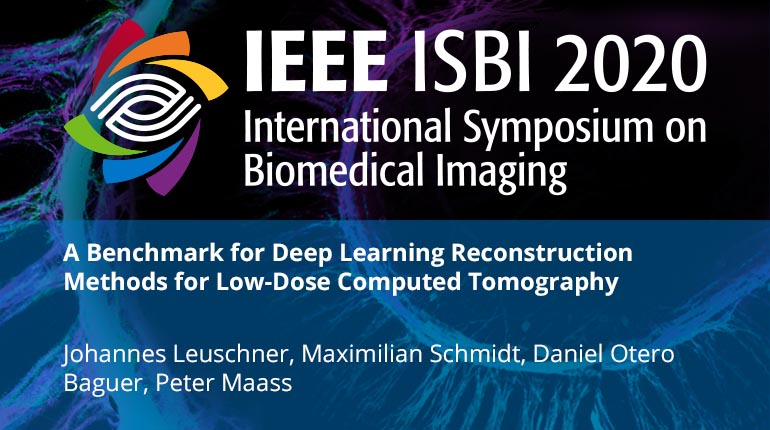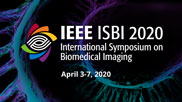Collection:

Over the last years, deep learning methods have significantly pushed the state-of-the-art results in applications like imaging, speech recognition and time series forecasting. This development also starts to apply to the field of computed tomography (CT). One of the main goals lies in the reduction of the potentially harmful radiation dose a patient is exposed to during the scan. Depending on the reduction strategy, such low-dose measurements can be more noisy or starkly under-sampled. Hence, achieving high quality reconstructions with classical methods can be challenging. Recently, a number of deep learning approaches were introduced for this task. Up to now, most of them have only been tested on datasets with a handful of patients and different setups, which makes them hard to compare. We introduced a comprehensive low photon count CT dataset, called LoDoPaB-CT, with over 40000 two-dimensional scan slices from more than 800 patients. We conduct an extensive study based on this dataset. Popular deep learning approaches from various categories, like post-processing, learned iterative schemes and fully learned inversion are included and compared against classical methods. The test covers image quality of the reconstructions, but also the aspect of the influence of the number of training samples. The latter is of interest to biomedical applications in general, since in many of them extensive datasets are currently not available. A novel variation to the Deep Image Prior (DIP) is investigated as well. The standard DIP is an iterative method that does not use any training data. The reconstruction process can take a long time compared to other methods. We propose a shared network architecture and ways to include training samples to simultaneously increase reconstruction quality and reduce the number of iterations. Our general results show that deep learning methods combining physical modeling and learning from data are able to significantly outperform classical approaches, even for a small number of training samples. This finding supports the current research of efficiently applying deep learning methods to three- or even four-dimensional CT data. This would allow for a new generation of CT machines. We encourage other researchers from the biomedical imaging community to develop and test their CT reconstruction methods on the LoDoPaB-CT dataset.
- IEEE MemberUS $11.00
- Society MemberUS $0.00
- IEEE Student MemberUS $11.00
- Non-IEEE MemberUS $15.00
Videos in this product
A Benchmark for Deep Learning Reconstruction Methods for Low-Dose Computed Tomography
Over the last years, deep learning methods have significantly pushed the state-of-the-art results in applications like imaging, speech recognition and time series forecasting. This development also starts to apply to the field of computed tomography (CT). One of the main goals lies in the reduction of the potentially harmful radiation dose a patient is exposed to during the scan. Depending on the reduction strategy, such low-dose measurements can be more noisy or starkly under-sampled. Hence, achieving high quality reconstructions with classical methods can be challenging. Recently, a number of deep learning approaches were introduced for this task. Up to now, most of them have only been tested on datasets with a handful of patients and different setups, which makes them hard to compare. We introduced a comprehensive low photon count CT dataset, called LoDoPaB-CT, with over 40000 two-dimensional scan slices from more than 800 patients. We conduct an extensive study based on this dataset. Popular deep learning approaches from various categories, like post-processing, learned iterative schemes and fully learned inversion are included and compared against classical methods. The test covers image quality of the reconstructions, but also the aspect of the influence of the number of training samples. The latter is of interest to biomedical applications in general, since in many of them extensive datasets are currently not available. A novel variation to the Deep Image Prior (DIP) is investigated as well. The standard DIP is an iterative method that does not use any training data. The reconstruction process can take a long time compared to other methods. We propose a shared network architecture and ways to include training samples to simultaneously increase reconstruction quality and reduce the number of iterations. Our general results show that deep learning methods combining physical modeling and learning from data are able to significantly outperform classical approaches, even for a small number of training samples. This finding supports the current research of efficiently applying deep learning methods to three- or even four-dimensional CT data. This would allow for a new generation of CT machines. We encourage other researchers from the biomedical imaging community to develop and test their CT reconstruction methods on the LoDoPaB-CT dataset.
 Cart
Cart Create Account
Create Account Sign In
Sign In
